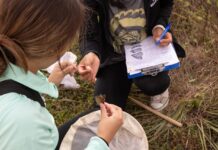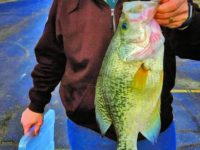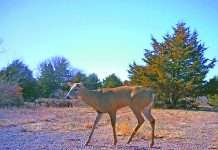Neosho Wildlife Area is getting a much-needed makeover. An extensive renovation project that has been in the works for nine years began this summer. Enhancements to the aging infrastructure on the waterfowl management area near St. Paul will be completed in two or three phases over a two-year period. Funding for the project will come from the federal Wildlife and Sport Fish Restoration program, which is derived from excise taxes on hunting and fishing equipment, and a grant from the North American Wetlands Conservation Act.
Phase 1 will subdivide Pool 4 with a new levee and include new water control structures. The levee in Pool 2 will be removed and a new parking area and two new boat ramps will be constructed. The old water control structures will be replaced and new ones will be joined into the new pumping system. Rip-rap will be placed along the refuge levee and ¾ of a mile of 24-inch pipe with butterfly valves will be installed to allow each pool to be flooded independently.
Other Phase 1 projects include installing a new pump at the confluence of Flat Rock Creek and the Neosho River. The new pump will operate on a variable frequency drive and pump 2,000 to 12,000 gallons per minute (GPM), depending on river flows and management objectives. Flows from the old 10,000 GPM pump cannot be varied.
During the renovation work this fall, the marsh will hold very little water. Pool 1, 2 and 4 will be kept dry while dirtwork is completed and the pipeline is installed. The South Unit will be pumped with water as long as river conditions meet Department of Water Resources permit requirements. Pool 5 will not be affected by Phase 1 activities and could hold water if conditions allow it to be filled. Control structures will be closed after contractual crops are harvested on pools that rely on runoff and they could fill with sufficient rain.
The 3,246-acre Neosho Wildlife Area was purchased by the Kansas Forestry, Fish and Game Commission in 1959, and it opened to waterfowl hunters in 1962. In 2015, the wildlife area hosted 3,188 hunters, who harvested 5,432 ducks.




